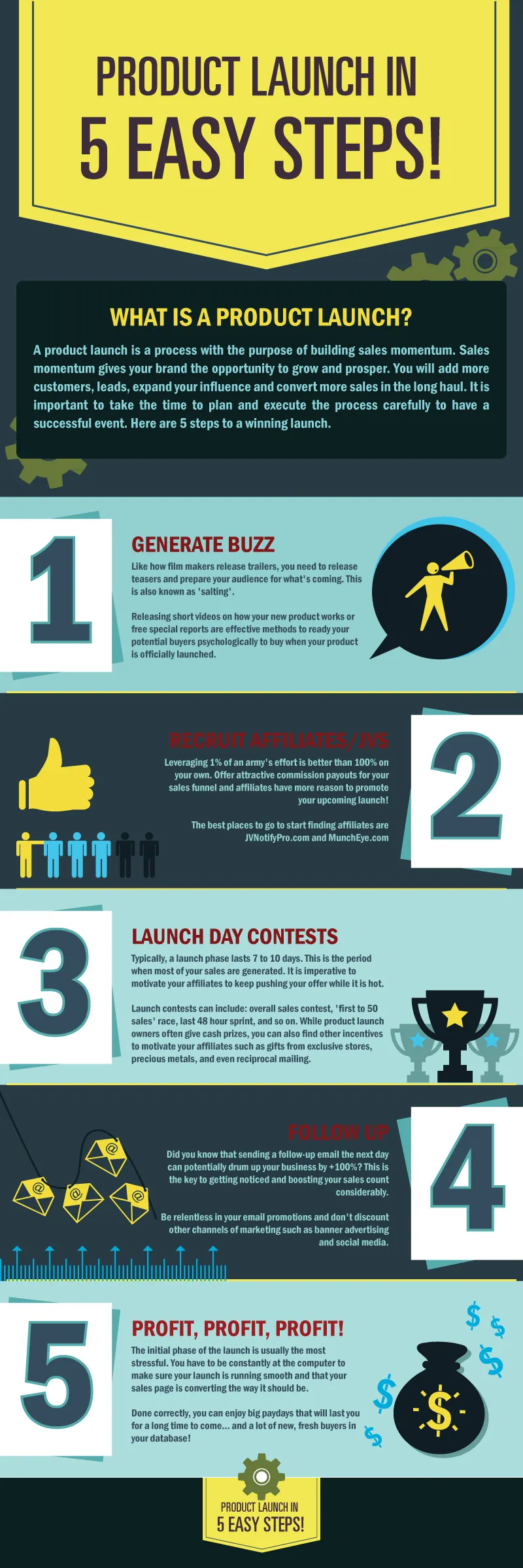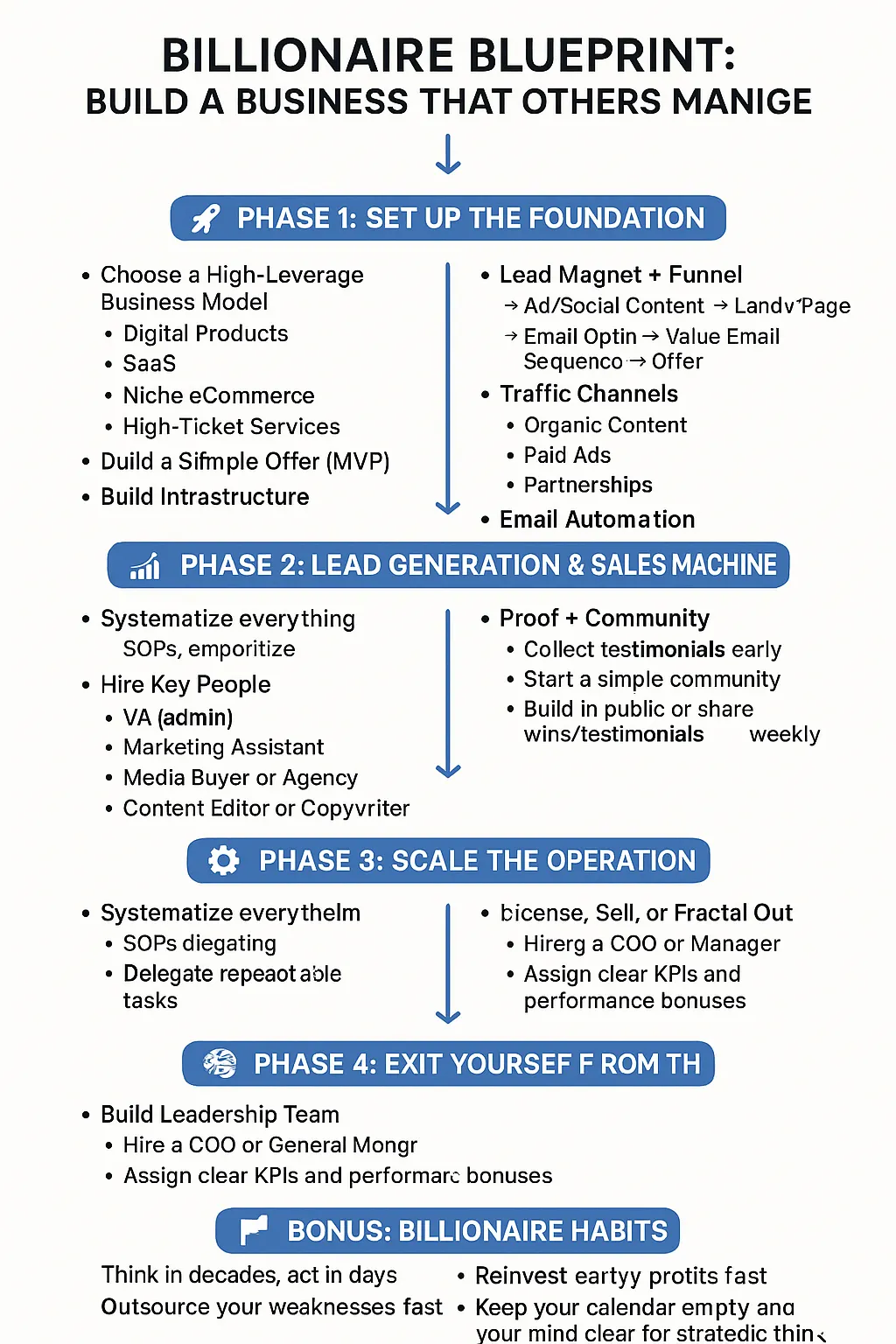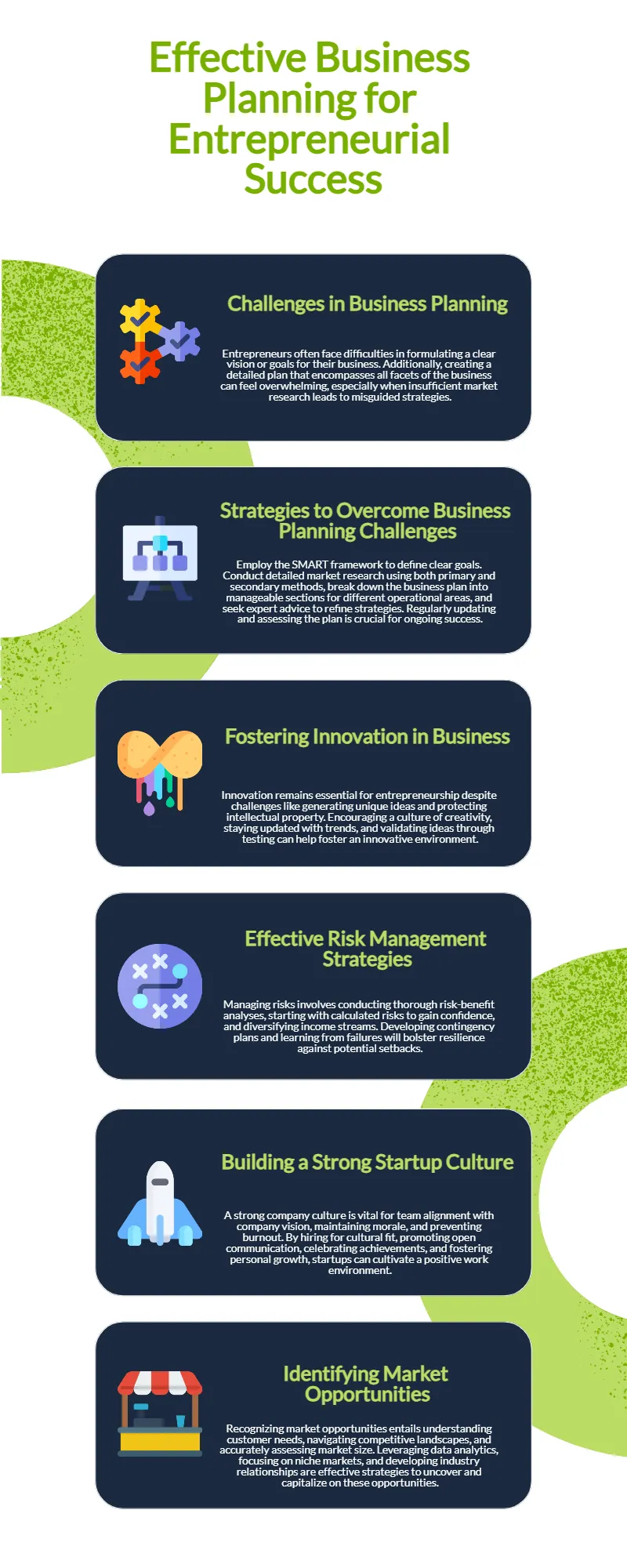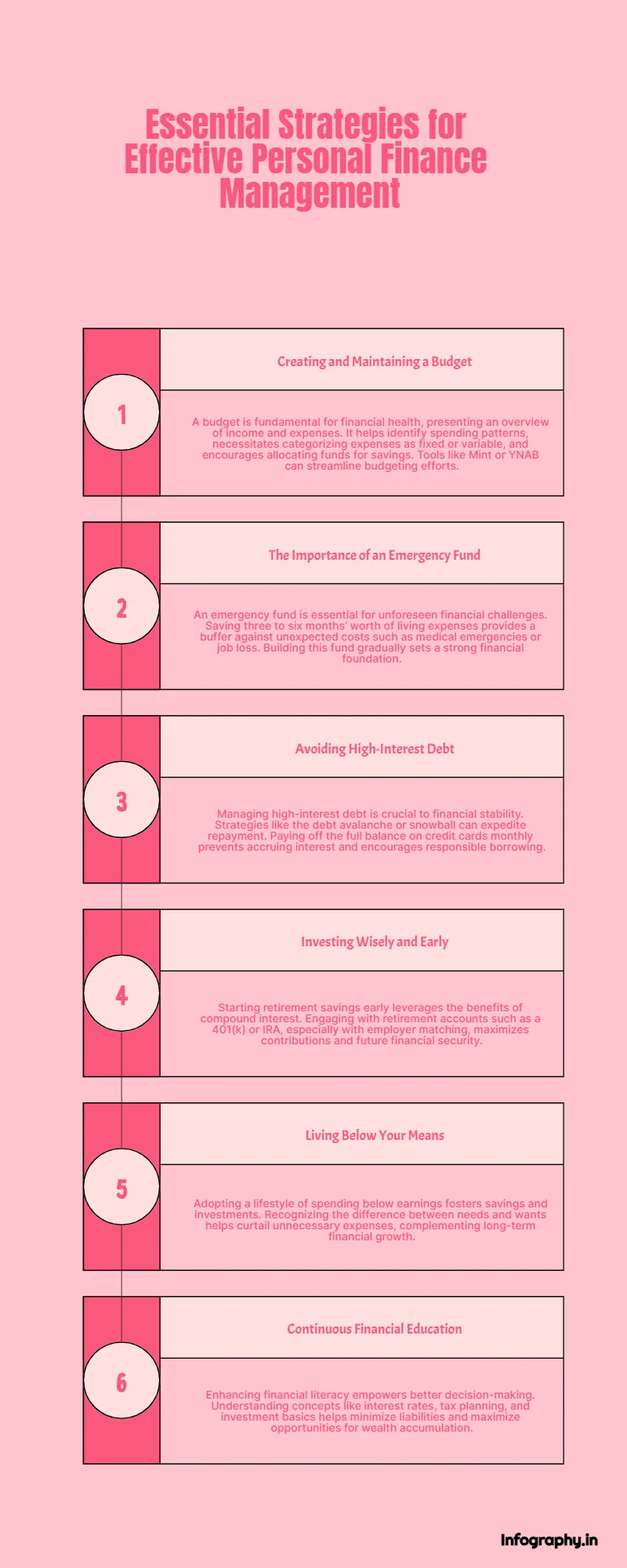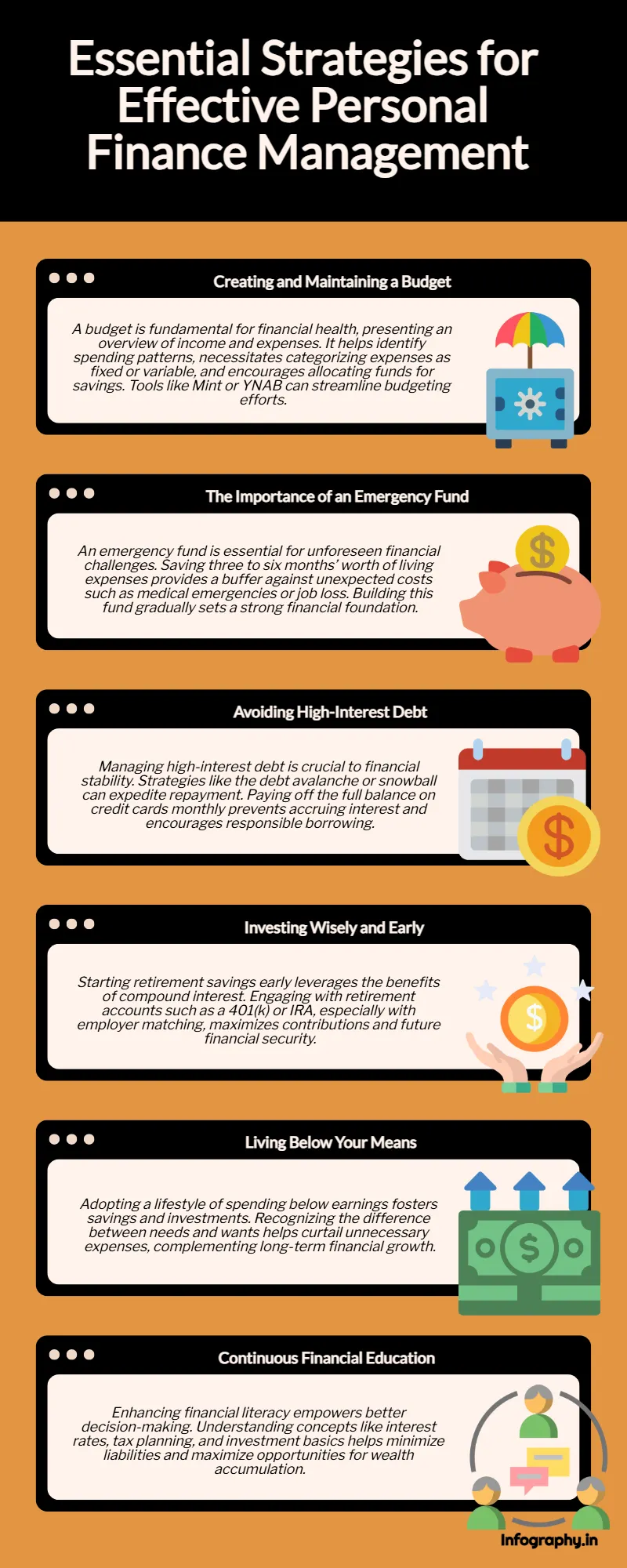Top 10 Mistakes in Joint Ventures - And How to Avoid Them

Top 10 Mistakes in Joint Ventures — And How to Avoid Them
The allure of joint ventures (JVs) is undeniable: two or more parties pooling their strengths to chase bigger wins, unlock new markets, and create exponential value. As someone who has built, bought into, and sometimes painfully exited multiple joint ventures over my career, I can confirm that JV success stories are real—but so are the horror stories from preventable mistakes. For every headline-grabbing JV triumph, there are countless ventures that stumbled or failed. Here are the ten most common missteps I’ve witnessed, with guidance to help you sidestep the pitfalls.
1. Failing to Align Objectives
Mistake:
Each party goes in with vaguely defined or secretly divergent goals—one wants market share, the other seeks short-term profits, a third aims for IP ownership.
Solution:
Before signing anything, get painfully specific about what you both want to accomplish and make this the centerpiece of your JV agreement. If the objectives don’t truly align, don’t proceed.
2. Neglecting Cultural Fit
Mistake:
You partner with a team whose way of working—risk tolerance, decision-making, communication—contradicts your own.
Solution:
Prioritize meetings (and, if you’re international, site visits) to get a candid read on each company’s culture. Ask: “How do they handle conflict? Pace? Is their definition of ‘urgent’ the same as mine?”
3. Ignoring Governance Structure
Mistake:
The JV starts with casual oversight: “We’ll just figure it out as we go.” When issues arise, chaos follows.
Solution:
Define a governance model before launch. Decide the chain of command, decision-making authority, and escalation procedures. Put it in writing, and commit to regular board meetings or performance reviews.
4. Underestimating Intellectual Property Issues
Mistake:
Parties don’t clarify who owns what, how shared IP is protected, and what happens post-dissolution.
Solution:
Map out all pre-existing and future IP contributions. Specify in the agreement—not just in principle—ownership, licensing, and rights upon exit or breach.
5. Being Vague About Financial Contributions and Rewards
Mistake:
Uneven financial input or unclear split of profits and losses invites resentment or funding gaps.
Solution:
Detail precisely who puts in what (cash, assets, staff, technology), how expenses are managed, and how dividends, royalties, or capital gains are handled.
6. Overlooking Exit Strategy and Termination Clauses
Mistake:
Assuming the JV will last forever or ignoring how to unwind if one party wants out, or the market changes.
Solution:
Negotiate clear exit terms: buyout mechanisms, triggers for dissolution, how assets and IP are split, and non-compete periods.
7. Poor Communication Framework
Mistake:
No regular communication cadence or defined crisis protocol leads to missed issues and festering problems.
Solution:
Set standing meetings (weekly, monthly), define reporting formats, and establish “red flag” escalation channels—who calls whom, and when.
8. Ignoring Regulatory and Compliance Issues
Mistake:
Assuming because you have experience, you won’t need legal or tax experts.
Solution:
Get legal and tax due diligence done for all relevant jurisdictions. Joint ventures fall apart over liability surprises or non-compliance fines.
9. Overpromising and Underperforming
Mistake:
One (or both) JV partners exaggerates what they can deliver—sales, tech capabilities, supply chains.
Solution:
Audit and validate each party’s claims during due diligence. Build phased commitments and performance milestones into the agreement.
10. Failure to Build Trust
Mistake:
Everything is transactional; no investment in building real, mutual trust.
Solution:
Start small—prove value on both sides before scaling. Celebrate shared wins, address issues transparently and early, and do the intangible work of building a partnership, not just a project.
Final Thoughts
Joint ventures are less like contracts and more like marriages—they require hard conversations, mutual respect, and a willingness to pivot. Avoiding these ten mistakes doesn’t guarantee runaway success, but it does
massively improve the odds that your JV will create real, sustained value for both partners—and maybe even set the stage for future ventures.
In every new JV I launch, I keep this checklist close. I encourage you to do the same—your future partners (and your future self) will thank you.





